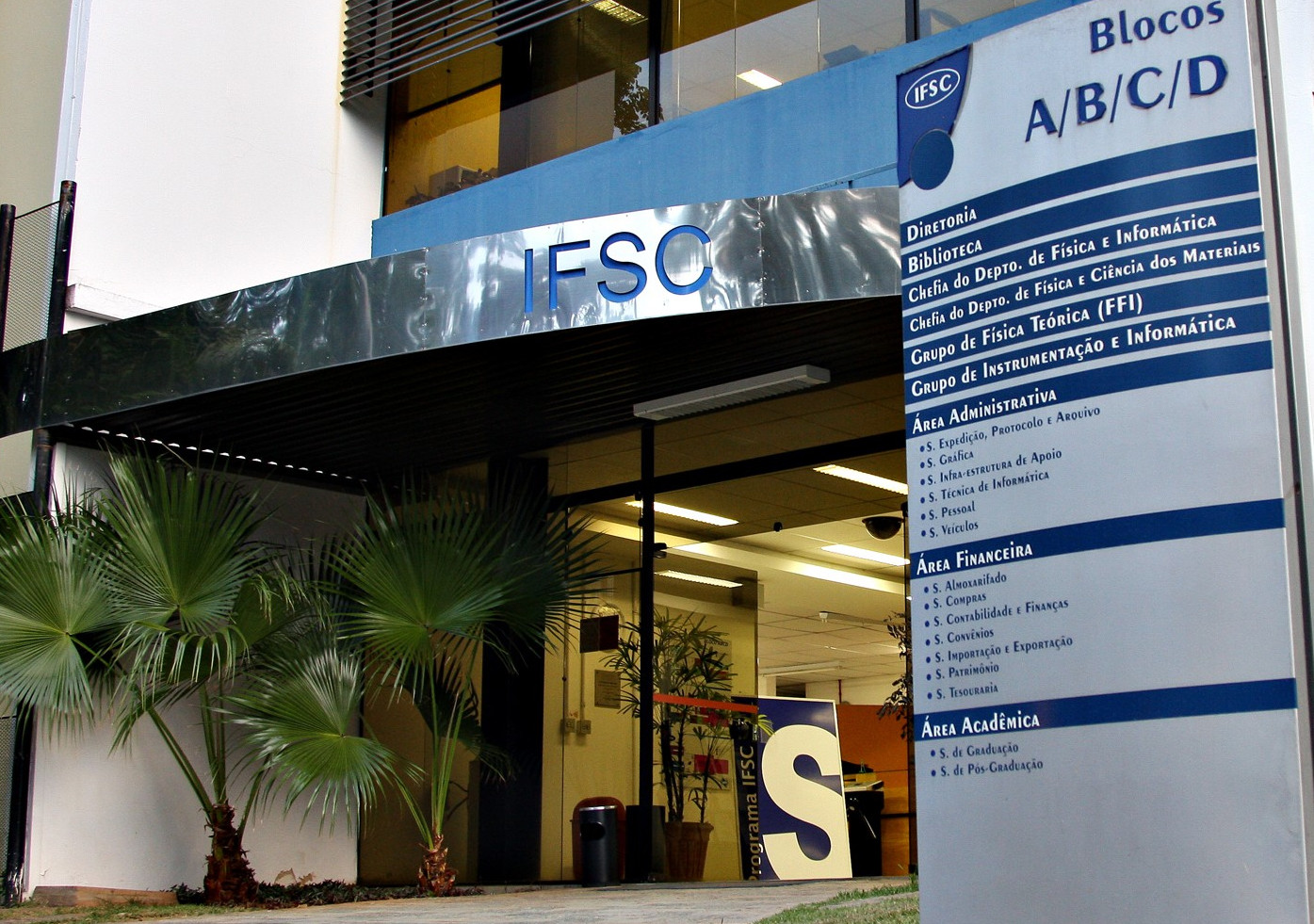Science Research at the University of East Anglia and Potential Areas for Collaboration: with Duncan Craig, Tharin Blumenschein and Susan Barker
The University of East Anglia is a world top 150 university (Times Higher Rankings) with particular strengths in the applied sciences. It is located approximately 150km to the north east of London and is set in the historic and beautiful city of Norwich, very close the famous Norfolk Broads (several hundred km of artificial waterways).
We are key partners of the Norwich Research Park, comprising the John Innes Centre (world leading plant science institution), the Institute of Food Research, the Genome Analysis Centre, the Sainsbury Laboratory and the Norfolk and Norwich Hospital.
UEA is a uniquely collaborative institution, with all our science schools working in conjunction and each school comprising scientists with a range of backgrounds.
These schools include Chemistry, Pharmacy, Environmental Sciences, Mathematics, Computing Sciences and Biological Sciences, with aspects of Physics, Engineering and Social Sciences being included in the activities of some or all of the schools. We are looking to extend and deepen our overseas relationships and hence we are very interested in exploring collaborative possibilities with the University of Sao Paulo.
In order to facilitate this, the lecture will consist of four stages:
a) An introduction to UEA and the Science Faculty (Prof Duncan Craig, Director of Internationalisation);
Here we will give an overview of the university plus a very brief description of each of the Schools in the Faculty of Science. However in order to illustrate the science that interests us we will then give three brief outlines of specific areas as follows.
b) Where physics and pharmacy meet – developing and characterising polymeric drug delivery systems (Prof Duncan Craig, School of Pharmacy);
It is now universally recognized that the manner in which a drug is delivered can be just as important as the chemical nature of the drug itself, particularly if it has poor water solubility.
Duncan will give a brief outline of the use of polymer extrusion methods to enhance drug dissolution and absorption, including the need to understand the glassy nature of the dispersions and to develop novel solid state characterisation techniques to fully understand structure and performance.
c) Studying the structure and dynamics of proteins using NMR (Dr Tharin Blumenschein, School of Chemistry);
Tharin will briefly describe the application of nuclear magnetic resonance (NMR) to study protein structure and dynamics. The size of proteins presents challenges to NMR when compared to small organic molecules, but it can provide unique information about proteins in solution, resolved to individual amino acid residues.
UEA is particularly well-equipped in this area, with two NMR spectrometers dedicated mainly to the study of biomolecules (500 MHz and 800 MHz).
d) From ergodic theory to blood flow – mathematics as an underpinning subject (Dr Susan Barker, School of Pharmacy);
Here Susan (who is a pharmacist working closely with the School of Mathematics) will give an overview of mathematics research at UEA.
Like many such schools we study both pure and applied mathematics, with particular strengths in areas such as fluid dynamics and the modelling of climate change which she will highlight as an example of interdisciplinary research themes with mathematics at its centre.




